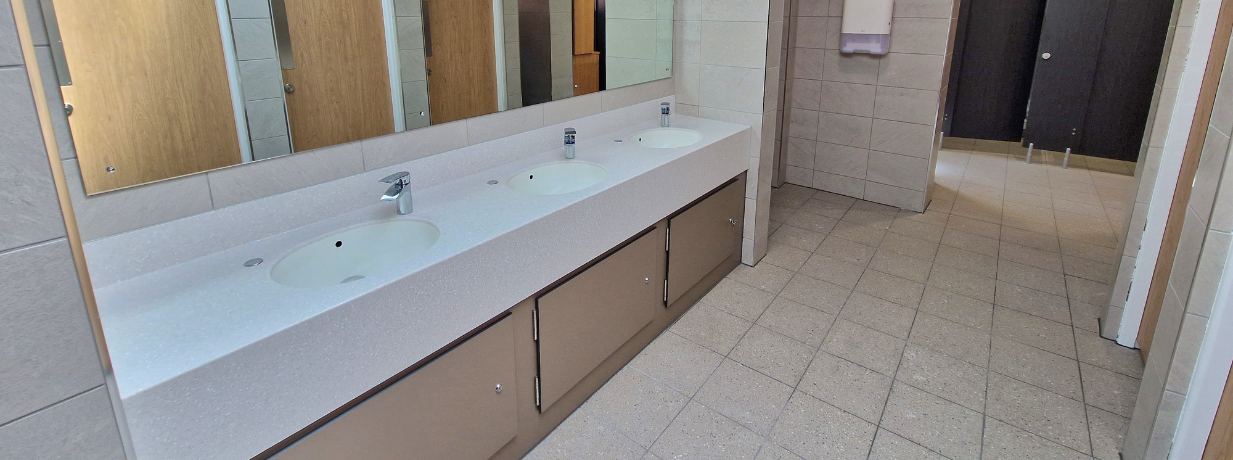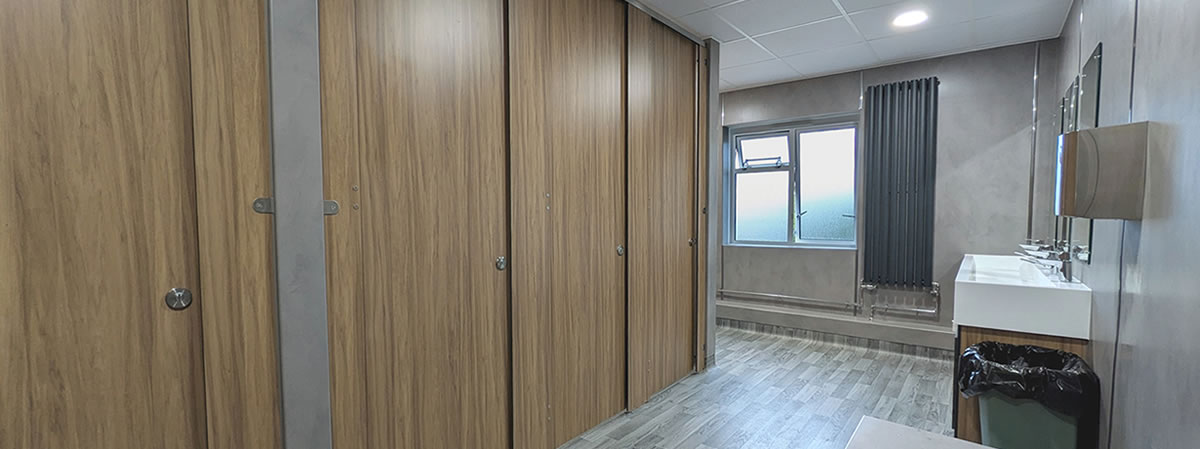Disabled Toilet Alarms
Disabled Toilet Alarm Kits
A disabled toilet alarm is required in all Disabled Toilets and will alert facility managers and other building users when the occupant pulls the alarm cord in an emergency.
Our selection of disabled toilet alarms include options with both audio and visual alerts and are ideal for installation in new build facilities or during the refurbishment of an existing disabled toilet room.Toilet alarms should be installed, maintained and tested in accordance with Doc M Building Regulations and BS8300:2009.
Got a disabled washroom refurbishment project planned? We provide Supply and Fit Services to bring your project to life, improving the quality, safety and appearance of your facilities. From disabled toilets to showers and changing rooms, see how we’ve helped previous clients by looking through our case studies.
You will also be able to find other disabled washroom sanitaryware and accessories on our site, including grab rails, Doc M Toilet Packs and RADAR locks.
If you are looking for something in particular, or have any questions about our products, please do not hesitate to get in touch - we’d love to hear from you.
Disabled Toilet Alarms FAQs
What is a Disablet Toilet Alarm System?
A disabled toilet alarm is designed to be installed in an accessible washroom so that if disabled persons need assistance or if there’s an emergency, they can raise the alarm and get help quickly.
Do Disabled Toilets need an alarm?
Yes, to comply with BS8300:2009 standard, new disabled WCs and washroom installations should be fitted with a disabled toilet alarm. By installing these alarms, you’ll not only help to keep those using your washroom facilities safe, you'll give them more confidence and reassurance.
It’s important to ensure your washrooms have equal access, but adding an alarm means that if anything does happen, such as a slip, there’s better safety measures in place. These alarms may be used in emergencies, where a quick response is crucial.
How does a Disabled Toilet Alarm work?
If a person using a disabled toilet needs help (for example, they may have slipped and fallen over), they can pull the cord which is linked to a source outside, alerting security or reception that someone needs help.
Disabled Toilet Alarm regulations
It’s important to ensure that your disabled toilet alarm kit is installed correctly and is compliant with both Doc M building regulations and BS8300:2009.
- Red pull cords should be easily identifiable.
- The ceiling pull switch (cord) must be easily reachable from the toilet and floor area. The cord has two large tags which can be grabbed to pull (one must be at a height of 1000mm, and the other 100mm above ground level).
- The controller needs to be located in a place which can easily be heard and seen so that if there’s an emergency, assistance can be provided. The overdoor “sounder” and light of the alarm should also be within clear view (typically, this is located above the exterior of the disabled toilet’s door).
- If the alarm’s controller is located outside, it must be protected from water, otherwise it will not be suitable for installation on the exterior of a building.
- There should be reset buttons inside the disabled WC area which can be accessed from the toilet and wheelchair. All BS8300 disabled toilet alarm systems should only be able to be reset from the area they were operated in case someone resets the alarm before the person who sounded the alarm receives help.
- There should be staff in the building who are trained to respond to the alert of a toilet alarm.
It’s also important to avoid tying a toilet alarm cord in a knot (which some people might do to keep the cord off of the floor) as the person in need could be on the floor and be unable to pull the cord.
You can find more information regarding disabled washrooms in our blog. Articles of particular relevance include:





